
What Are NFTs, And How Can They Help You?
New financial technologies are emerging at a rapid pace, with new ones coming online every day. While many of these innovations have helped make accessing banking and trading services more convenient for the average person, they have also created an increased level of complexity and confusion for consumers. This is especially true when it comes to decentralized cryptocurrencies like Ethereum (ERC-20) tokens. Not all Ethereum tokens are the same, however, and some can serve as better custodial partners than others. NFTs, or non-fungible tokens, are one such example. They can be used to help reduce risk and complexity in your investment strategies by streamlining the process of buying and selling crypto-assets. In this article, we will share everything you need to know about using NTFs to their full potential in your investment portfolio strategy.
Table Of Contents
- What is a Non-Fungible Token?
- How NFTs Work in a Portfolio Strategy
- The Benefits of NFTs in a Portfolio Strategy
- How to Buy NFTs with Ethereum
- Wrapping Up: Is Non-Fungibility Dead?
What is a Non-Fungible Token?
A non-fungible token, or NFT, is a type of digital asset that is designed to only exist within a particular blockchain network. Each NFT has its unique property, or “tokenized” characteristic, that differentiates it from other NFTs. For example, the colour of a particular asset may define its monetary value, while its collectability and scarcity may define its monetary value.
A tokenized asset can be anything, including real-world assets like securities and commodities. NFTs are also being created for use in decentralized applications (dApps), like a digital collectable that represents an in-game item. NFTs can be created for several reasons.
The most common reasons are the following:
– Ownership – A tokenized asset allows the owner to prove ownership.
– Trade – Owners can trade tokens between themselves. For example, a collectable can be traded for other tokens that represent other pieces of the same collection.
– Settlement – Owners can use tokens to conduct business, such as buying goods and services.
– Data Storage – Owners can store data on a specific asset, like a photo that can be accessed with the asset’s digital address.
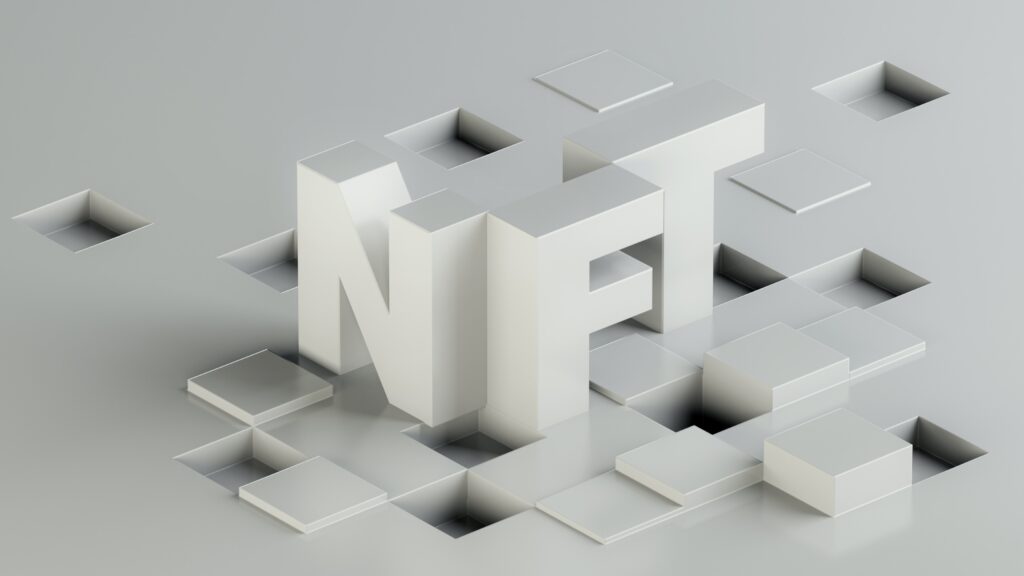
How NFTs Work in a Portfolio Strategy
When you buy a non-fungible token, like an egg or a bike, the asset is designed to have a specific, immutable value that is based on its characteristics. For example, an egg may only have values related to its colour and its collectability. The value of the egg could be determined by the demand for eggs and the collectability of the egg itself. This may sound similar to other asset classes, like stocks or bonds, but the difference is that stocks and bonds are fungible, which means they can be substituted for one another without having a significant impact on the value of the asset. Each stock or bond has a unique value based on its stock or bond number.
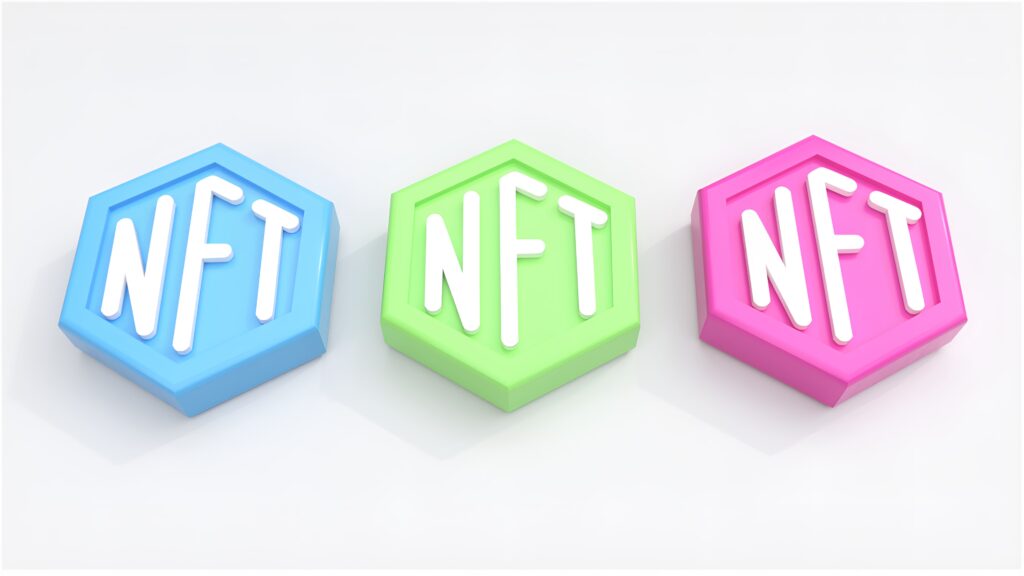
The Benefits of NFTs in a Portfolio Strategy
The main benefit of using non-fungible tokens in a portfolio strategy is that they help reduce risk. Owners of non-fungible assets like eggs or bicycles may be less likely to sell their assets when the price goes down significantly than owners of more fungible assets, like stocks or bonds.
This is because the non-fungible asset owners are more likely to hold onto their assets, while the fungible asset owners may be more likely to sell, liquidate their assets, and lose money when prices go down. Two other benefits of NFTs in a portfolio strategy include the following:
- Increased Investment Security: Owners of non-fungible assets can prove their ownership of their assets and prove they are the only owners through their asset’s digital address.
- Risk diversification: They can be used to diversify risk in a portfolio, similar to a standard asset allocation. Because of the unique nature of each NFT, they can be used to reduce risk by holding a range of values in a portfolio. This gives investors a better chance of profiting from the low-risk nature of their holdings. NFTs have a low correlation with other asset classes, meaning they can be used to reduce portfolio risk by holding a range of values.
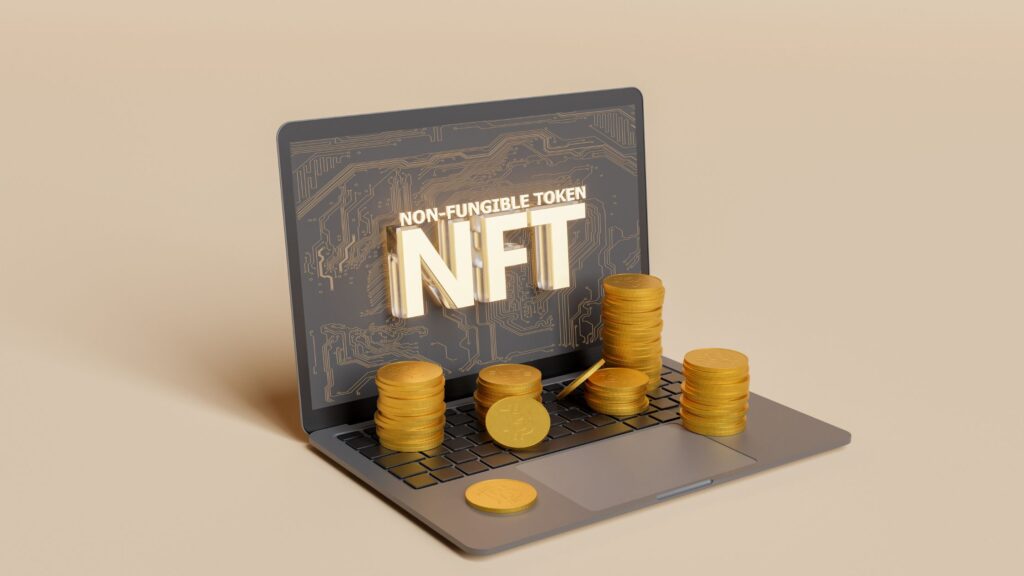
How to Buy NFTs with Ethereum
Purchase Ethereum
You can use your cryptocurrency exchange account to purchase Ethereum and transfer it to your MetaMask wallet. Since most NFTs are Ethereum-based tokens, most marketplaces for these collectables accept only Eth tokens as payment. If you already have an account with a cryptocurrency exchange, you can buy Ethereum on it and send your crypto to your MetaMask wallet. If not, Binance and Kucoin are good options for newcomers.
Connect your MetaMask to OpenSea or another NFT marketplace to purchase NFTs
There are many marketplaces to buy and sell NFTs. Depending on which marketplace you choose, you’ll be able to purchase different kinds of art or collectables. Each platform operates slightly differently, so you’ll be able to purchase NFTs on several different websites.
- MetaMask is an Ethereum wallet available via a chrome extension and mobile app. To sign on to OpenSea (and other NFT platforms) you’ll need an Ethereum wallet. You can link your MetaMask account to a Ledger hardware wallet to mitigate the risk of hacks. After downloading MetaMask, setting up a wallet, and sending over the ETH you just purchased from Binance or a different exchange, you’ll be ready to complete your first crypto transaction. If you’re new to crypto wallets, be sure to check out our tutorial about Metamask.
- Ledger. Different kinds of NFTs can be stored on a Ledger hardware wallet. If you’re investing a substantial amount of money into NFTs, you should secure your investments with a hardware wallet. A software wallet doesn’t include the same security safeguards, and unfortunately, hacks are common in the NFT sector. A Ledger Nano S is around $79 a bargain for insuring your digital assets for such a low price.
- Open sea is a non-fungible token exchange network based on Ethereum, OpenSea allows users to exchange NFTs for cryptocurrencies. Video game items, digital artwork, and other non-fungible tokens are available for sale on the platform. You need a web3 cryptocurrency wallet like MetaMask to access the platform. Your Ethereum wallet address identifies you with OpenSea and allows you to access certain platforms. You can now browse the market and place bids once you’ve connected your cryptocurrency wallet.
Buy Your NFT
Buying an NFT on the marketplace is quick and simple. Most markets are in an auction format, so you must submit a bid for the NFT you want to purchase. NFTs with several prints are often sold in an exchange-style manner, so there’s the highest bid and lowest ask. When purchasing NFTs, you often have the potential to resell them directly after they’re on sale.
You can’t predict the demand for the artwork in advance, so it is difficult to buy NFTs on the primary marketplace. After you’ve purchased an NFT on the secondary market, you can compare it to past sales to see how much demand it has.
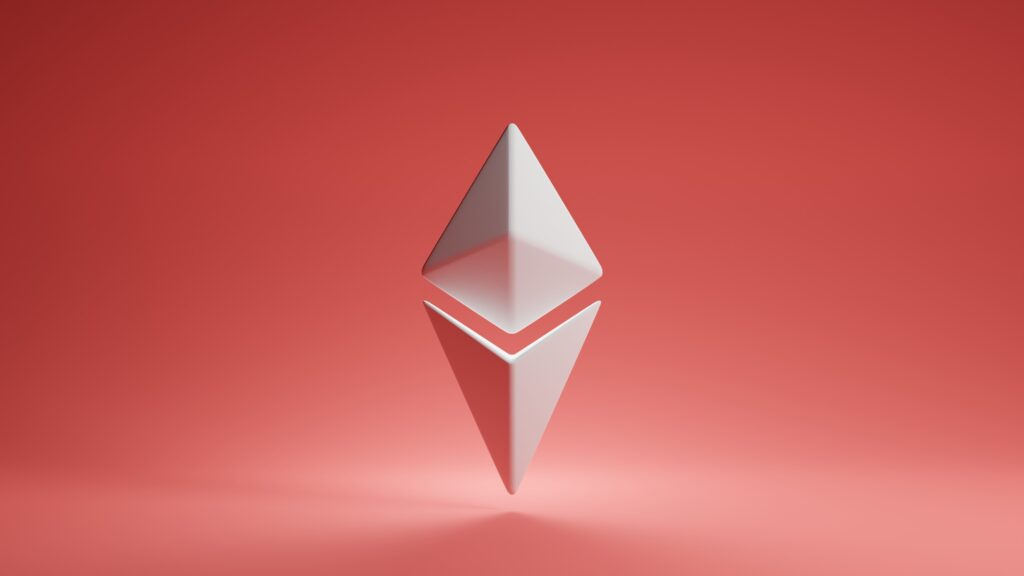
Wrapping Up: Is Non-Fungibility Dead?
Non-fungibility is one of the most exciting innovations in the blockchain space, being able to tokenize any asset and create a non-fungible token (NFT) with its unique characteristics. NFTs aren’t just great for investors, however; they can also be used in a variety of industries. The supply chain industry, for example, can benefit from using Ethereum-based NFTs, as they can help track assets like food, prescription medication, and commodities that have strict quality controls.
These benefits of non-fungibility are only possible with the help of NFTs. They offer a new level of security and transparency that was never previously possible.


WRITTEN BY JOSE
Jose is full-time investor, business owner and educator. He is the founder of JSM Crypto a platform that was created to help people get educated in crypto.
Subscribe To Our Free Educational Newsletter
Our bi-monthly newsletter will keep you up to date on major events in the cryptocurrency sector. We will also share trading and investing ideas, tips, and tricks with you, all while continuously improving your knowledge and understanding of the investment world.
By subscribing you agree to the Terms of Use and Privacy Policy
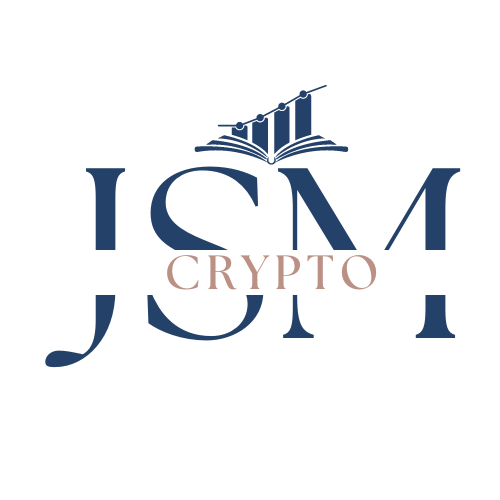

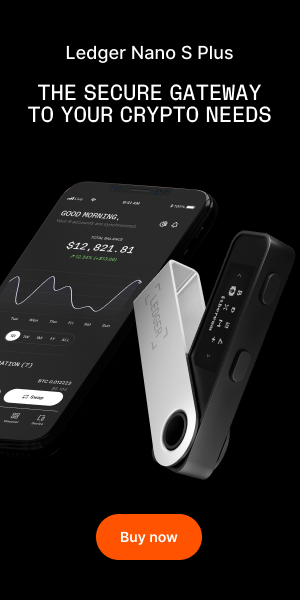
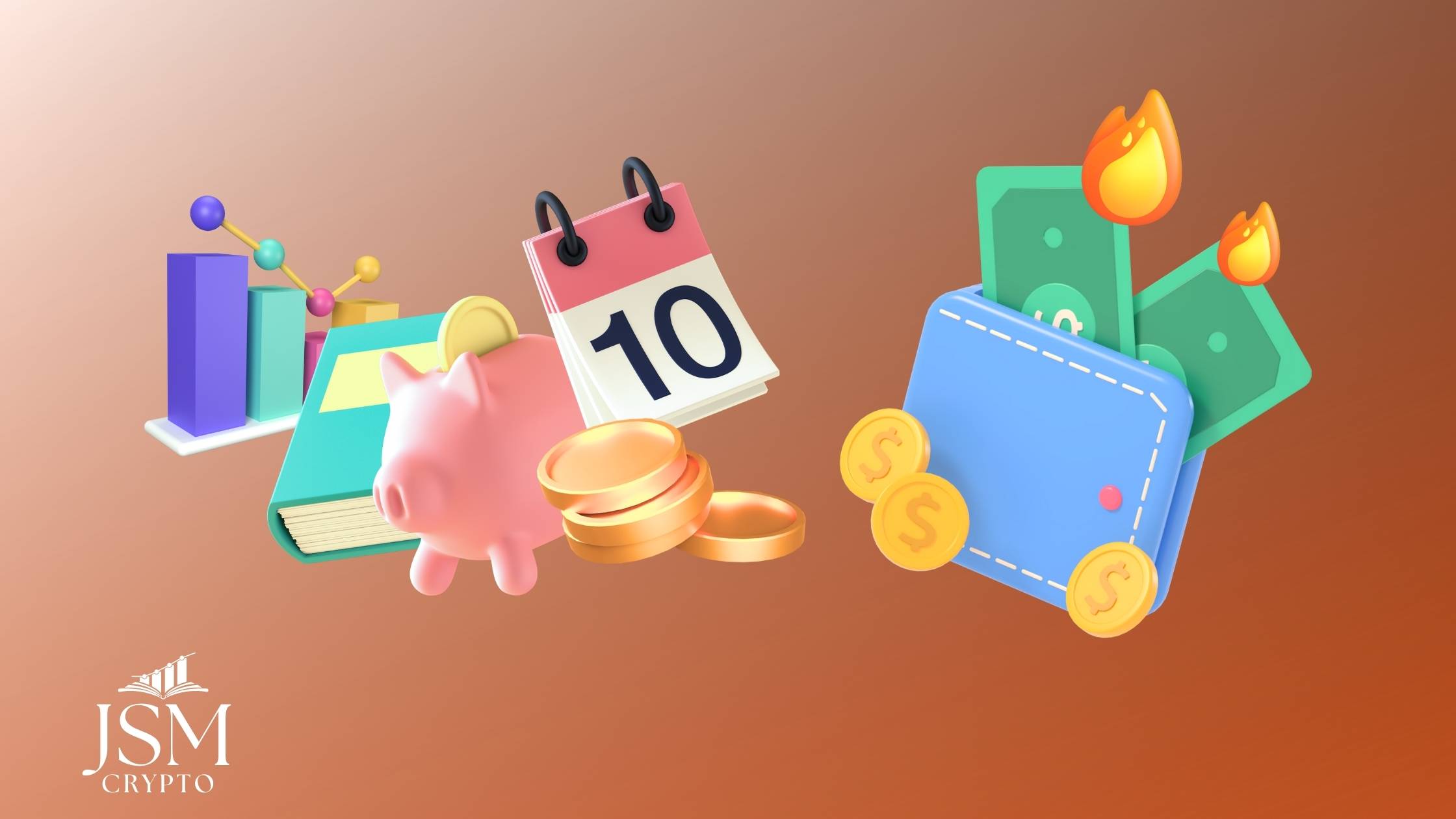
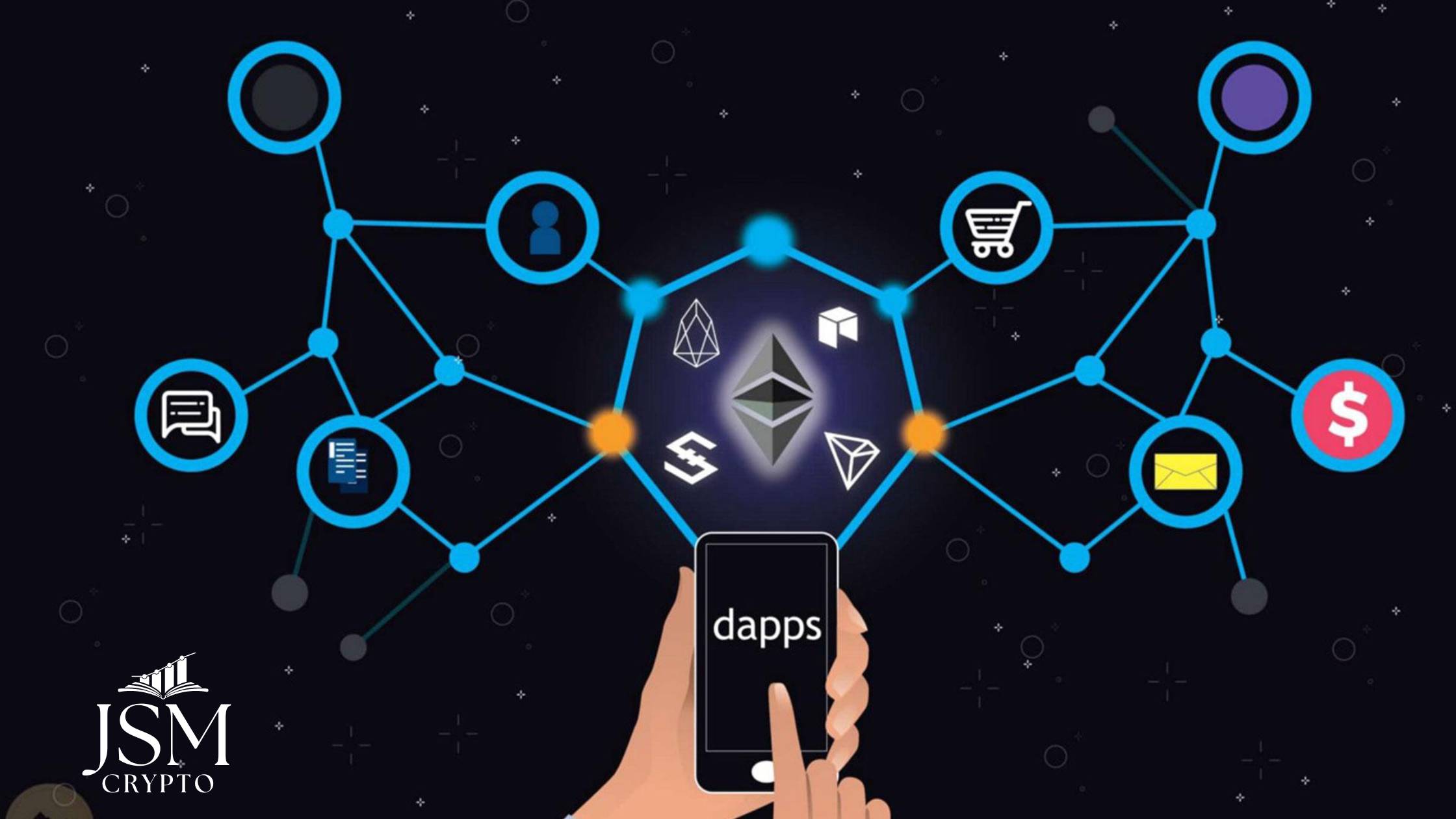
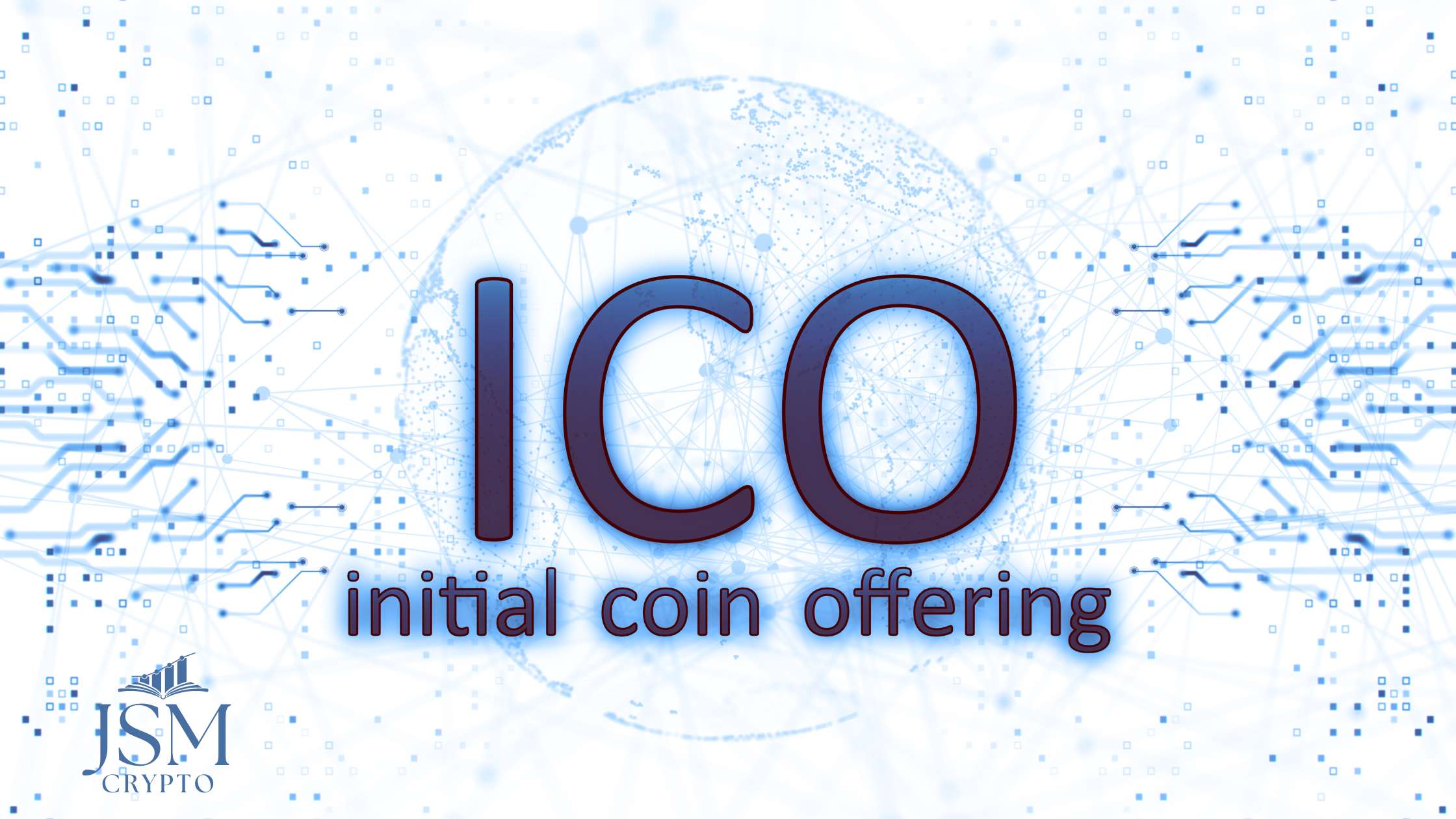
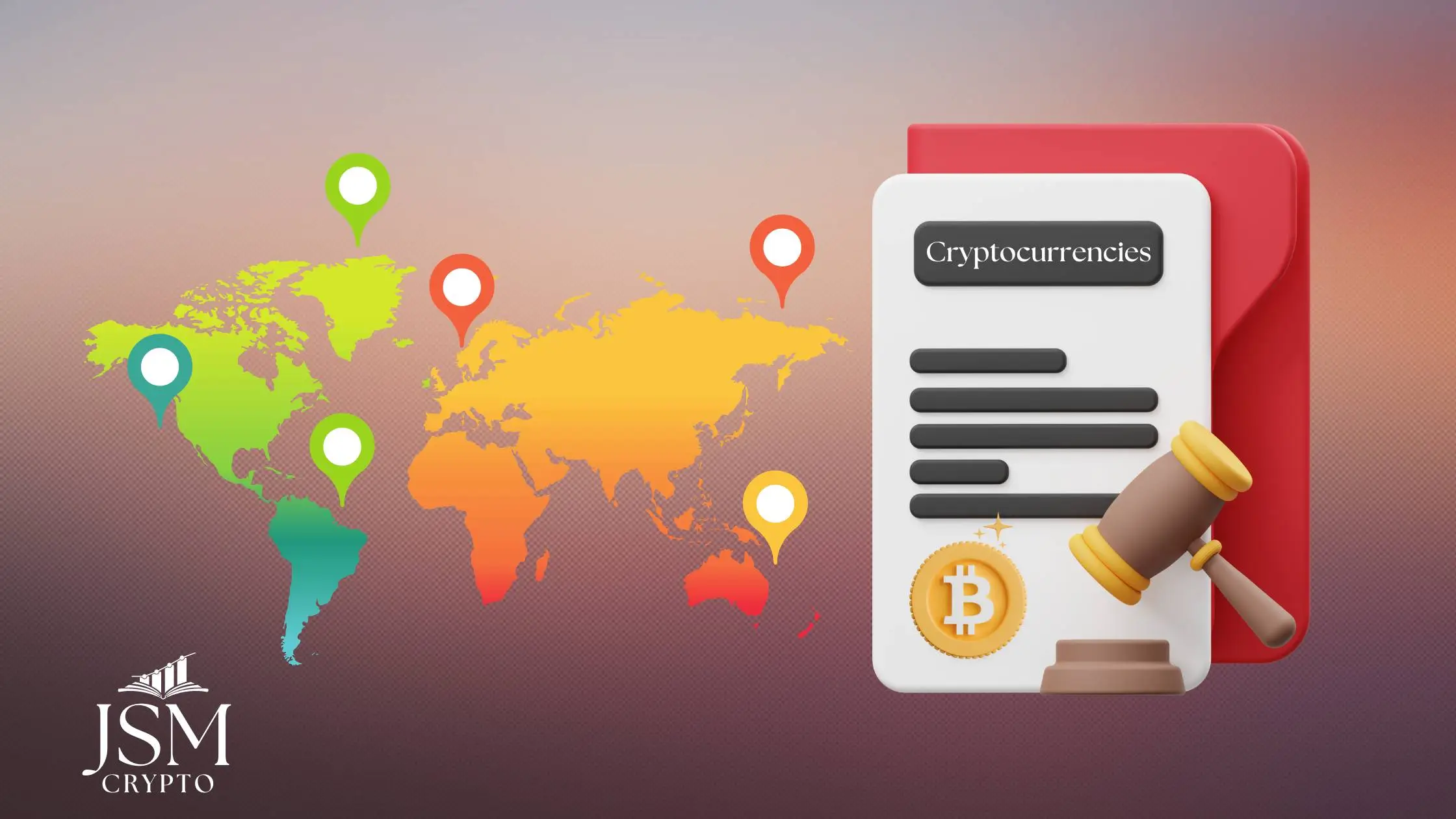

No Comments